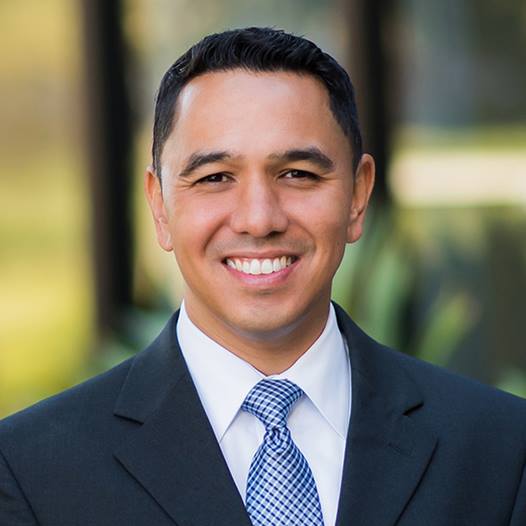Visualase thermal laser ablation is a surgical treatment for adults and children with epilepsy. The recurring seizures that characterize epilepsy are caused by certain nerve cells in the brain behaving abnormally. Guided by MRI imaging, the surgeon places a small laser fiber in the area of the brain where the patient's seizures start and uses heat to destroy the abnormal brain cells (a process called ablation) without harming the surrounding healthy tissue.
For certain patients, thermal laser ablation can be as effective or better than other therapeutic options, with less risk. Good candidates for the procedure are patients whose epilepsy doesn't respond well (or at all) to medications and those with areas of abnormal brain tissue that have been detected on MRI and confirmed as the source of their seizures.
Advantages of thermal laser ablation
In traditional epilepsy surgery, a large incision is made on the scalp and a large opening is made in the skull. Thermal ablation is a minimally invasive procedure requiring only a very small scalp incision and a hole in the skull no wider than a coffee stir stick. As a result, both treatment and recovery are much quicker than traditional surgery. The treatment itself takes minutes, though the process of ensuring that the laser fiber is accurately placed (to target the right tissue) can take three to four hours. Most patients spend one night in the hospital and go home the following day.
Another advantage is that if the procedure fails to completely resolve the patient's seizures, repeated treatments are equally straightforward and well tolerated.
Risks of thermal laser ablation
Although this is a minimally invasive surgery, there are some risks. Treatment success depends on accurate placement of the laser fiber into the targeted tissue. Inaccurate placement could injure fragile or sensitive structures nearby.
Any brain procedure carries risks of bleeding and infection. Because these risks are proportional to the size of the surgical exposure, treatment time and depth of treatment, they are lower with laser therapy than with traditional cranial surgery.
Effectiveness
The Visualase thermal laser ablation system was approved by the Food and Drug Administration in 2010. Because the treatment is relatively new, we don't yet have a complete picture of long-term outcomes. Preliminary findings indicate that a large portion of patients experience immediate improvement or control of their seizures and that these results have lasted months to at least one year. Ongoing studies are tracking long-term outcomes.

































